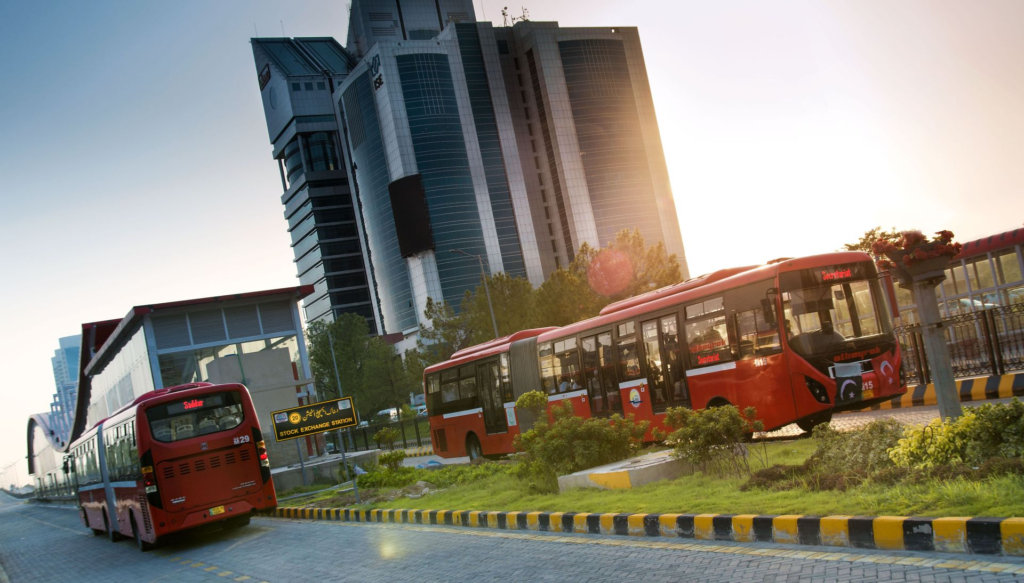Campus transportation services are a critical component of university infrastructure, designed to enhance mobility, accessibility, and convenience for students, faculty, and staff. These services encompass a range of transportation options and amenities that facilitate easy commutes, reduce environmental impact, and promote sustainable travel practices within the campus community.

1. Diverse Transportation Options
Universities provide diverse transportation options to accommodate the commuting needs of their campus populations. These may include shuttle buses, campus tram systems, bike-sharing programs, electric vehicle charging stations, and designated pedestrian walkways. By offering multiple transportation choices, universities cater to varying preferences and promote alternative modes of travel that reduce reliance on single-occupancy vehicles, alleviate traffic congestion, and enhance overall campus mobility.
2. Accessibility and Inclusivity
Campus transportation services prioritize accessibility and inclusivity by ensuring that transportation facilities, vehicles, and infrastructure meet the needs of individuals with disabilities and diverse mobility requirements. Accessible shuttle buses equipped with wheelchair ramps or lifts, designated accessible parking spaces, and accessible pathways enhance the mobility and independence of students, faculty, and staff with disabilities, fostering an inclusive campus environment where everyone can participate fully in academic and social activities.
3. Convenient Commuting Solutions
Transportation services offer convenient commuting solutions that streamline travel between campus locations, nearby residential areas, parking facilities, and public transportation hubs. Shuttle routes and schedules are designed to optimize convenience and efficiency, providing frequent and reliable transportation options during peak academic hours, evenings, and weekends. By reducing travel time and eliminating logistical barriers, these services support students and faculty in maximizing their academic and professional commitments while minimizing commuting stress.
4. Promotion of Sustainable Transportation Practices
Universities promote sustainable transportation practices through campus transportation services that prioritize environmental stewardship and reduce carbon footprints. Initiatives such as bike-sharing programs, electric vehicle charging stations, and campus-wide recycling efforts encourage students, faculty, and staff to adopt eco-friendly transportation habits and contribute to campus sustainability goals. By integrating sustainable transportation options into daily commuting routines, universities demonstrate a commitment to environmental responsibility and inspire community-wide engagement in sustainable living practices.
5. Safety and Security Measures
Campus transportation services prioritize the safety and security of passengers by implementing comprehensive safety protocols, vehicle maintenance standards, and emergency preparedness procedures. Trained drivers, onboard security personnel, and surveillance systems enhance passenger safety during transit operations, ensuring a secure commuting experience for all campus community members. Prompt response to emergencies, communication systems, and collaboration with campus safety officials further reinforce safety measures and promote a supportive environment for transportation users.

6. Community Engagement and Feedback
Transportation services actively engage with the campus community to solicit feedback, assess service needs, and enhance the quality of transportation offerings. Surveys, focus groups, and town hall meetings provide opportunities for students, faculty, and staff to voice their transportation preferences, suggest improvements, and participate in decision-making processes that shape transportation policies and initiatives. By fostering transparent communication and responsiveness to community input, transportation services cultivate a culture of continuous improvement and accountability in meeting the evolving needs of campus commuters.
7. Collaboration with Local Transit Authorities
Universities collaborate with local transit authorities, municipalities, and regional transportation networks to enhance connectivity, expand transit options, and promote seamless integration between campus and community transportation systems. Partnerships with public transit agencies facilitate discounted fare programs, integrated transit passes, and coordinated schedules that improve access to off-campus destinations, employment opportunities, cultural attractions, and community services for students, faculty, and staff.
8. Educational Outreach and Awareness
Campus transportation services conduct educational outreach campaigns and initiatives to raise awareness about sustainable transportation practices, commuter benefits, and alternative transit options available to the campus community. Workshops, information sessions, and sustainability fairs educate students and employees on the environmental, economic, and health benefits of using public transportation, biking, carpooling, and walking as viable commuting alternatives. By promoting transportation literacy and empowering individuals to make informed travel choices, these initiatives contribute to a culture of sustainable mobility and responsible urban planning.
In conclusion, campus transportation services play a pivotal role in facilitating easy commutes, enhancing accessibility, promoting sustainable travel practices, ensuring safety and security, fostering community engagement, and supporting academic and social mobility within university settings. By prioritizing convenience, inclusivity, environmental stewardship, and collaborative partnerships, these services contribute to a positive campus experience and reinforce the university’s commitment to fostering a dynamic, interconnected, and sustainable campus community.

